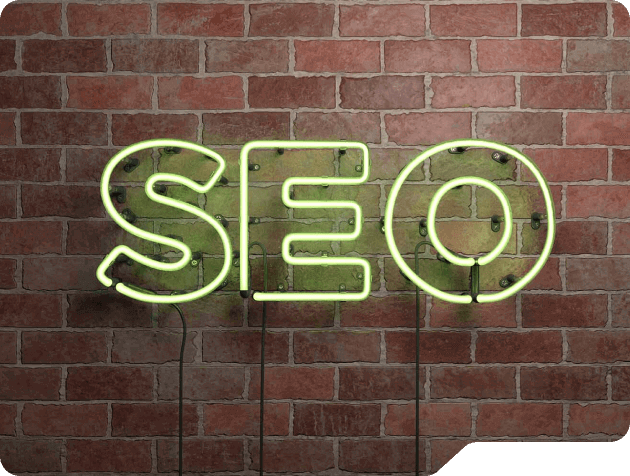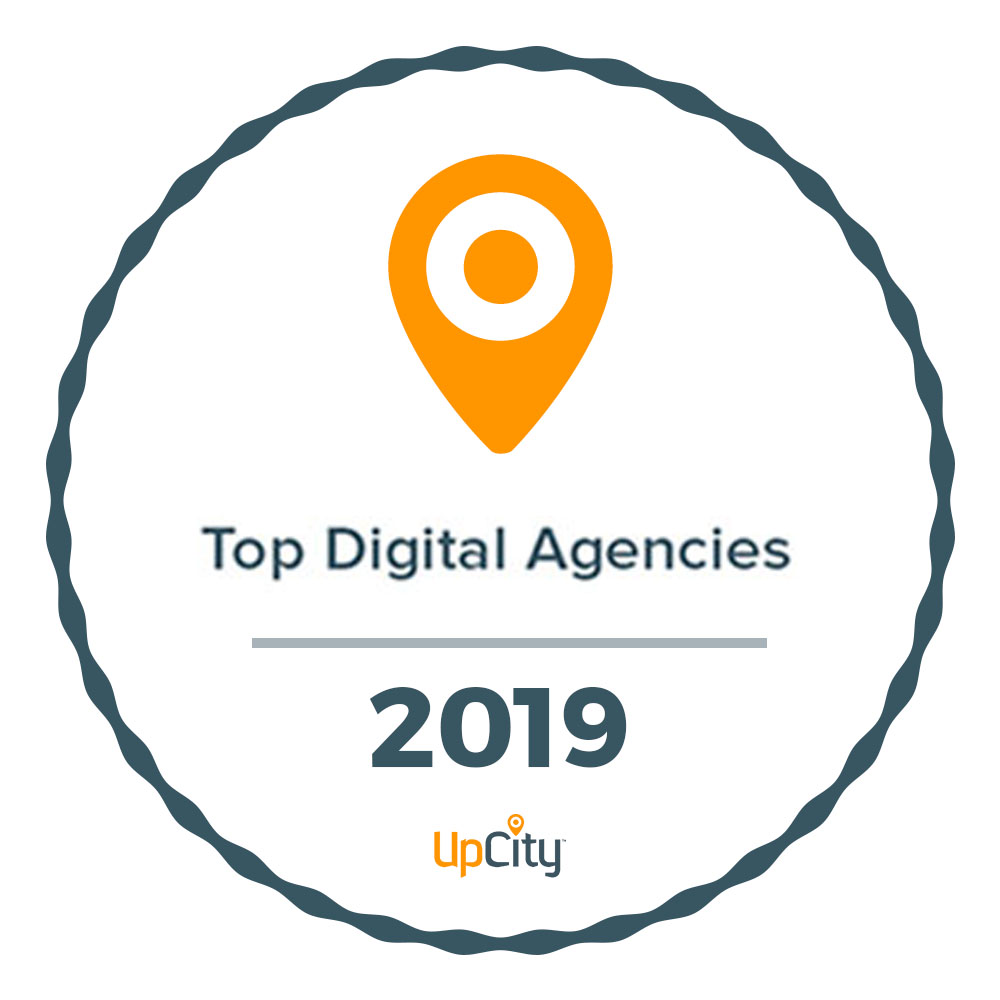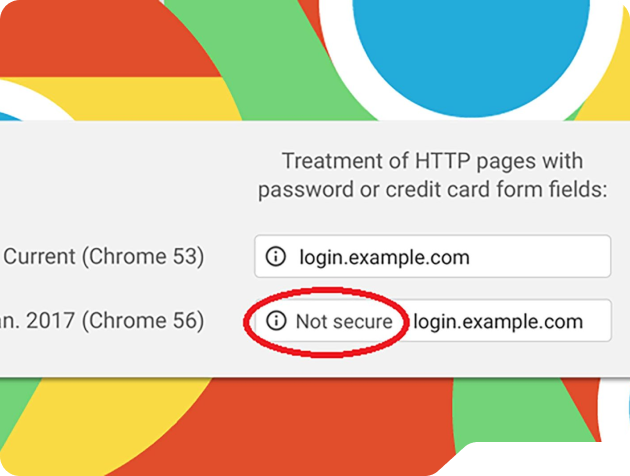With the boom of the cannabis industry over the last couple of years, it’s no surprise that an easier go-to-market solution has emerged and is BOOMING. Cannabidiol (CBD) is the new craze and everyone wants in. Even if you already own a CBD brand, keep reading to learn how to start and market your CBD brand correctly.
Starting and marketing your CBD brand is not as easy of a task as it was two to three years ago. The market is extremely saturated and there are some extremely big players in the game now with unlimited funding. CBD is officially mainstream in the entrepreneur and investor world, which makes everyone want to join the bandwagon.
We’ve been waiting for our 80yr old grandparents to give us a call saying how they are launching a CBD brand. All jokes aside, it seems like everyone is wanting a piece of the pie. How big is the CBD pie?
What is CBD?
Before we dive into how big the CBD market is, we want those of you that don’t know what CBD is.
CBD is short for Cannabidiol. CBD is one of over 100 known compounds found in the cannabis Sativa plant. This compound is found in both THC-rich strains of marijuana and also hemp. These plants are both classified as cannabis but the difference is that hemp produces only small amounts of THC, which are less than 0.3%. The compound carries much higher amounts as CBD, which is non-psychoactive eliminating the “high” feeling that THC has.
How Big is the CBD Industry?
Before we dive into how to start and market your CBD brand, you need to know how big the industry as a whole is.
Brightfield states that the market for hemp-derived CBD products was around $591 million for 2018, and speculated to grow to $22-23 billion by 2022. Yes, that is a B for billion!
Below is a chart of the industry’s growth and future sales forecasting.
• 2014 – $108 million industry
• 2017 – $190 million industry
• 2018 – $591 million industry
• 2022 – $22 billion industry
Is CBD Legal?
Everyone wants to know, “Is CBD legal?” If you’re growing industrial hemp with the sole purpose of extracting high-quality CBD, that sole purpose is currently backed by the federal government. In December 2018, the 2018 farm bill was enacted. Among many of its other provisions, it removed hemp (not cannabis) from the list of prohibited substances. Hemp is now a legal agricultural commodity, and so are the products made from it.
Some individual states have taken a much different stance on this and have chosen to ban CBD products which is key for anyone who has an eCommerce CBD store. You can always see which states CBD is legal.
CBD is still available to purchase and consume across the majority of the United States and in most places products still appear to be available, although some cities have banned the sale of food containing CBD. “CBD cannot be lawfully added to food or be labeled a dietary supplement,” was stated by the FDA with their public hearing on May 31st, 2019.
How much THC can your CBD have to be Legal?
Hemp and certain forms of CBD are federally legal, but you need to understand what aspects to look for when purchasing a CBD product. Many CBD brands that start decide to work with white-label CBD manufacturers because they don’t have the necessary capital to go to some of the larger manufacturing companies. Do your homework before deciding to work with a white-label manufacturer.
For CBD to be considered legal, the industrial hemp must contain .03% or less of THC. Any more and the plant is classified as marijuana and has many different laws that will drastically affect you and your customers.
There is still much confusion between CBD vs THC, which leaves a lot of questions for the general public. Federal agencies have started enforcing 0.3% or less THC policy much harder, which will keep the public much more well informed and safe.
Start Your CBD Brand
After reading the above information, you now realize how much work you have in front of you. At Avintiv, we are very data and research-driven. Everything we’ve done with building and scaling over 200 successful brands, starts with research and strategy.
This information will help new start-up CBD brands and CBD brands that have hit a plateau. We highly recommend building a brief business plan or investor pitch deck that you can use as a roadmap towards success.
CBD Business Plan
Writing a business plan is a good idea even if you never plan on getting a loan from a bank or bringing on investors. You are able to use this business plan as a road map and allows you to benchmark your progress to see how on or off track you are. We won’t go over all aspects of a business plan today. We will point out the key factors to focus on.
Market Analysis – The market analysis will give you a break down of the CBD market, what segments there are, and what type of consumers your company will be marketing to.
Competitive Analysis – You must research and present a clear comparison of your business to your direct and indirect competitors. You need to know your strengths and weaknesses between your business and the competition.
Products and Services – What type of CBD products will your brand carry? Are you launching CBD oil, edibles, topicals, cosmetics or vapes? What will differentiate you from the competition?
Marketing Plan – Your marketing budget must clearly explain how you’re going to reach your ideal customers to hit your sales forecasts. You must clearly define how it’s going to be done and what your marketing budget is.
Sales Strategy – This portion of your business plan explains how you’re going to be selling your CBD. Are you only selling on your eCommerce website or do you have national CBD wholesalers or retail accounts?
Funding – From personal experience, Avintiv Media is currently growing many CBD brands, and the average monthly marketing budget is $10,000 – $20,000. You need to list out how you are going to fund your CBD brand. Whether that’s personal cash infusion by the owner or going for funding.
Sales Forecasts – You must create a realistic sales benchmark of what your business can do in sales over the next 3-5 years. Break the first year down to monthly sales goals and then do years 2-5 by year. This will help you determine if you’re on or off track from your goals.
Grow and Market Your CBD Brand
Growing your CBD brand in 2019-2020 is going to be much harder than it was years ago. The market is flooded with new CBD brands every single day, so what is going to set you apart from the competition? We’re going to go over how we’ve been able to grow our CBD clients.
Branding for Your CBD Brand
Branding is and will be one of the most important aspects of your CBD brand. This part is often overlooked as many business owners want to rush to market. They care more about Instagram, influencer marketing, and getting sales. Don’t fall victim to this or you won’t stand a chance with how competitive the CBD market is right now.
Company Naming
A lot of business owners pick a company name that they like for some reason and it never becomes a massive company because the owner was thinking about themselves versus the customer. When picking a company name, ask yourself these questions:
- Can I build a $100 million brand with this type of name?
- Will customers know exactly what we do when they hear the name?
- Does this name clash or interfere with any other CBD brand? (hire a lawyer for this)
- Is this a name that our company can build a community or tribe of customers around?
Logo and Brand Styleguide
Developing a logo and brand style guide is much more in-depth as this but for this article’s purposes, we are going to go in order with how our creative team decides on branding direction for our CBD clients.
- What is this brand’s ideal target market (customers)?
- What type of color scheme is this market used to?
- What are other major brands these customers buy from?
- What does our brand want to look like? Create a storyboard of brands, colors, and styles your company represents.
- What does our brand not want to look like? Create a storyboard of brands, colors, and styles that your company doesn’t want to represent.
- Hire an agency or freelancer to help begin the logo sketch phase
- Have them finalize 3 variations of logos to choose from (black and white – no color)
- Choose the top logo direction
- The agency or freelancer will then take your market research and decide on the 3 top color schemes to go with
- They will then present your main logo in 3 different color options to go with
- Once that is completed, the agency or freelancer should create your brand style guide so everything you do moving forward matches your branding 100%
You can even see how our creative team did a full rebranding for Avintiv Media and what went into the process.
CBD Product Design & Packaging
We won’t go into detail on how to develop your CBD product design or packaging as there are far too many steps to list in this article. Just know that this is by far one of the most important aspects of where your money should be going. If you want to win in the CBD game, it’s going to be the companies that products look better, feel better, and gives the customer a far greater experience.
Here are some examples of recent products we’ve designed in the CBD market.
Marketing Your CBD Brand
SEO
Anyone who’s been in the Cannabis or CBD industry knows the trouble everyone has run into with properly being able to advertise or market their brand. Search Engine Optimization (SEO) is by far going to be one of the best investments you can make for your marketing plan.
You will want to have an agency that are experts at SEO as the CBD market is a completely different ball game when it comes to SEO versus many other industries.
Things you’ll want to add into your SEO campaign
- Competitor analysis on keyword rankings
- Keyword research and analysis
- On-page SEO
- Off-page SEO
Read more to find out How much should SEO cost?
Content
Just like SEO, content creation for the CBD industry is extremely important. For one, not everyone knows what CBD is just yet and people are wanting to learn more about CBD before investing in it.
Writing content around your ideal customers and your keywords that were chosen from your SEO strategy will help you choose what articles to write.
If you’re a CBD brand, you should be launching 2-4 blogs per week of at least 750 words. Below are things to make sure you do:
- Install Yoast SEO for WordPress
- Make sure your blog has an A+ readability score
- Add in your keywords throughout the blog
- Carefully choose what your Meta Title should be
- Carefully choose what your Meta Description should be
- Make sure your slug is done correctly
- Make sure you internally link 2-4 times throughout your blog
- Make sure you link external sites 1-2 times throughout your blog
Social Media
Social media has been the craze over the last 5-10 years but it has gotten extremely pricey to play on the advertising end of social media. For today’s purposes, we’re going to focus on posting organically on Instagram with 0 paid ads.
Tips for social media content:
- Thinking of your ideal customers, decide on what types of pictures or posts they will want to see
- Think of the verbiage or messaging your ideal customers will want to see
- Create a grid mockup over posts that all flow well with each other from an aesthetic standpoint (See below)
- Use a social media scheduler like Hootsuite to preschedule all of your future posts
- Make sure to engage with everyone that DM’s you or comments on your posts
Example of Instagram Grid that we did for our client, Goat Grass CBD.
Advertising
As Facebook and Google start to loosen up with CBD advertising, there are still other ways to advertise your CBD brand.
A number of our CBD clients hire Avintiv to run retargeting ads for their online CBD stores. Below is just one of the options that’s available to advertise for the CBD industry.
Avintiv has access to a private display network that uses artificial intelligence to
aggressively optimize for click-through rate and conversion using a number of different
data signals that generate excellent results. On average our CTRs range from 1-3%
and up to as high as 8% (No this is not a typo). We offer this in the form of standard
display advertising, site retargeting or a blend depending on how much traffic the site
has.
We can run as many creatives as you like and can track conversions from the campaign as well.
This is helpful for tracking ROI.
Below are some examples of display advertising creatives that we’ve created.
In Conclusion
As you’ve read through our article, we hope you’ve learned how to start and grow your CBD. As you can see, there is a lot of information that you need to know before launching and growing your CBD brand. The days of quickly getting to market and making a million dollars are long gone.
If you’re interested in seeing how Avintiv Media can assist you with growth, feel free to reach out to us on our contact page.









